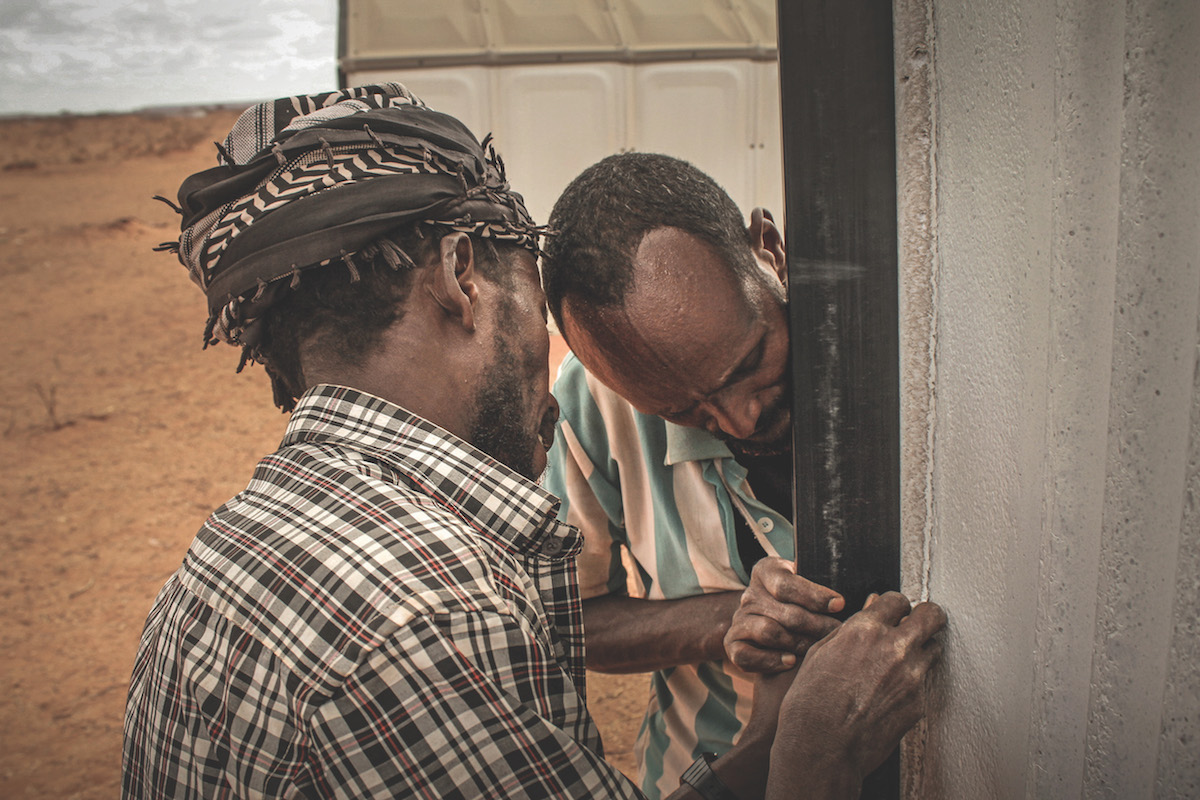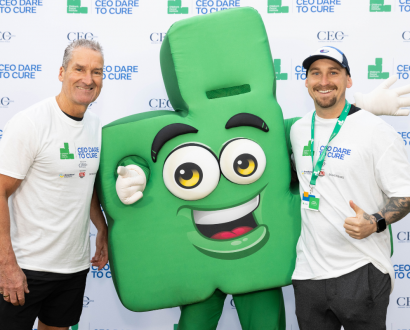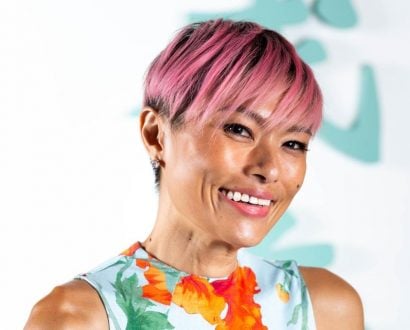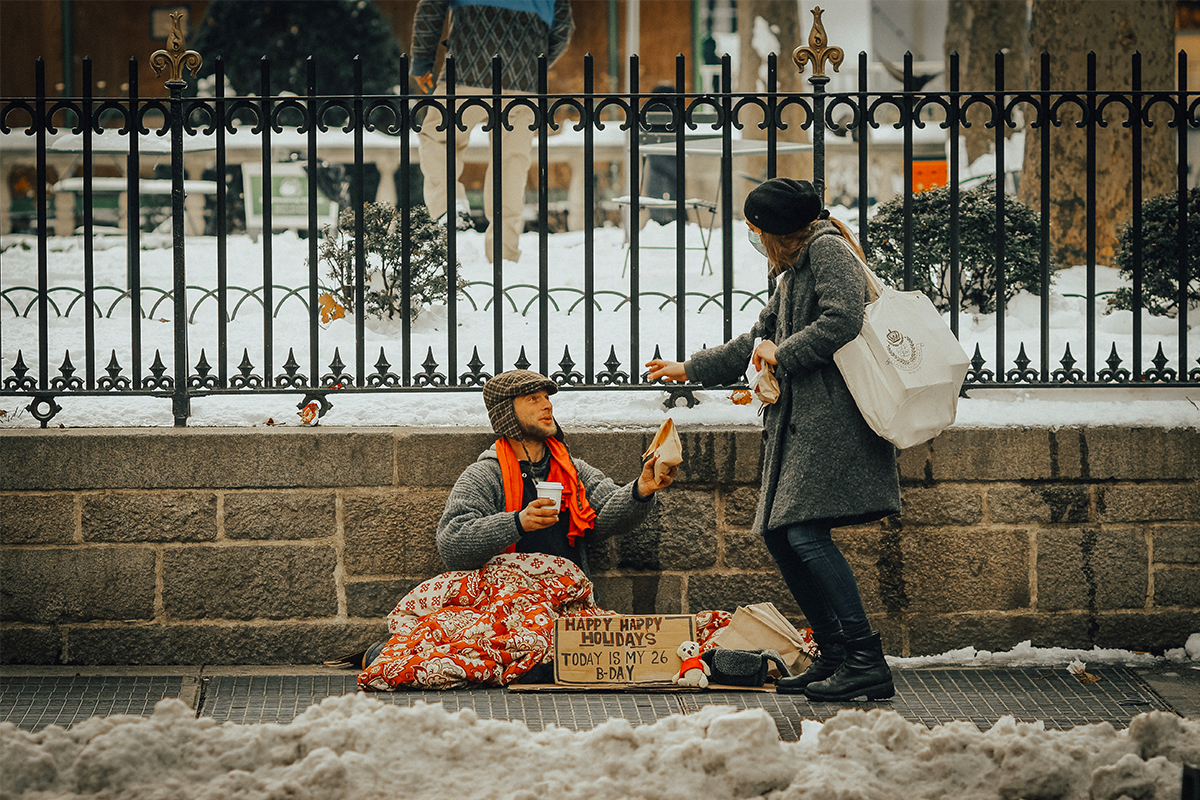Think flat-pack and people generally will think IKEA. So who better to assist in funding flat-pack shelters designed to house refugees than the IKEA Foundation? The clever portable shelters were developed by Swedish social enterprise Better Shelter in conjunction with the IKEA Foundation and UNHCR.
Lauded for providing refugees the basic need of shelter and receiving the 2016 Beazley Design of the Year Award, 16,000 of the shelters have been delivered to the likes of Iraq, Nepal, Greece, Macedonia and Chad. The weatherproof structures feature a solar panel to power light and charge a mobile phone, take just four hours to construct, are made from recyclable plastic, and are designed to house a family of five.
This is but one example of the many initiatives and programs made possible with the support of the IKEA Foundation. The foundation works with around 49 partners — such as Save the Children, Médecins Sans Frontières, Oxfam, Global Child Forum, and water.org — as well as running its own initiatives.
One aspect of the recent Let’s Play for Change campaign, for example, teamed up with IKEA stores to donate €1 for every children’s product sold for a one-month period in the lead-up to Christmas. As a result, €3.4 million was raised for Save the Children to support its program to prevent unsafe migration of children in Ethiopia and Bangladesh.
The foundation itself was established in 1982, its work growing out of the company’s desire to address the root causes of child labour in its supply chain and hopefully to break the cycle of poverty.
From 2009, the foundation has operated under an expanded charter with the aim of improving the opportunities of children, allowing them to take control of their own futures by focusing on four areas of children’s lives: home, health, education and family income.
The foundation has pledged to invest €1 billion on programs from 2015 through to 2020. “We are determined to secure a world where children living in poverty have more opportunities to create a better future for themselves and their families,” explains IKEA Foundation CEO Per Heggenes.
Per’s role means setting and driving the foundation’s funding and innovation strategies, and working as a tireless advocate for children around the world. The first CEO of the foundation since taking on the role in 2009, Per has steered its evolution into a grant-making philanthropy having incredible impact around the world.
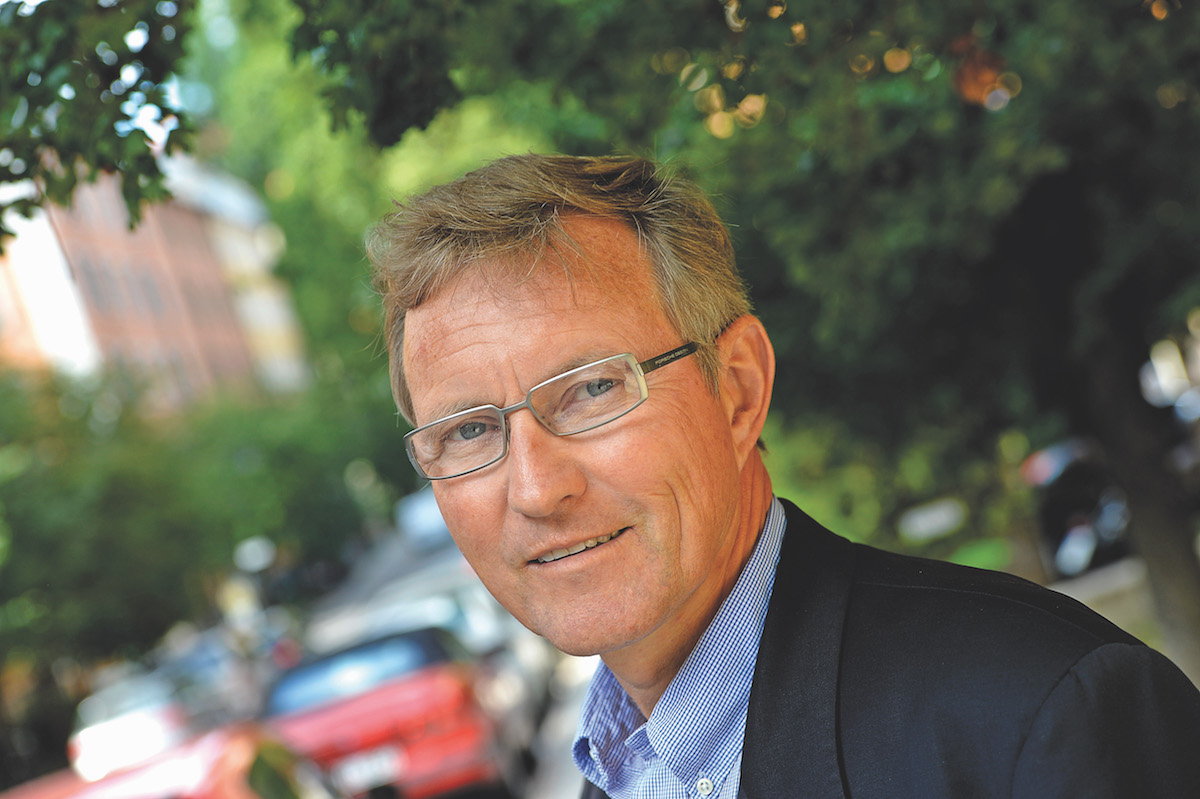
The CEO Magazine: Tell me about the origins of the IKEA Foundation, how the foundation has evolved, and where you see it headed in the future.
Per Heggenes: Our current work at IKEA Foundation originates from IKEA’s efforts to fight child labour in its supply chain. Early in the endeavour, IKEA learned that to prevent child labour, it is vital to address the root causes of why children work.We realised that if we wanted children to be kept out of our suppliers’ factories, we had to make sure that children go to school and don’t end up working elsewhere.
It didn’t take us long to realise that if we wanted children to stay in school and out of factories, we also had to improve their health and nutrition, so that easily preventable diseases would not keep them out of school.
Today, the IKEA Foundation supports projects that help change attitudes towards child labour as well as providing education and support so children and families can break the cycle of poverty. We also fund women’s empowerment programs that enable women to earn a living and invest in their children.
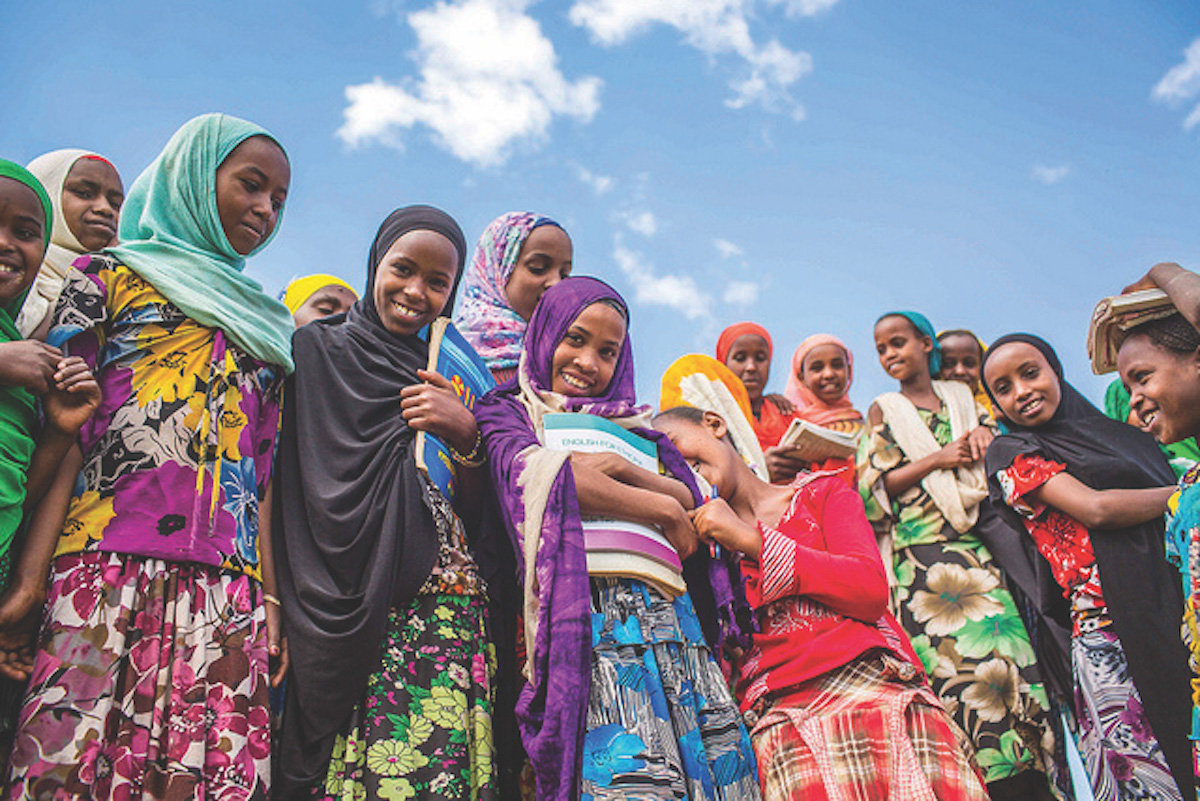
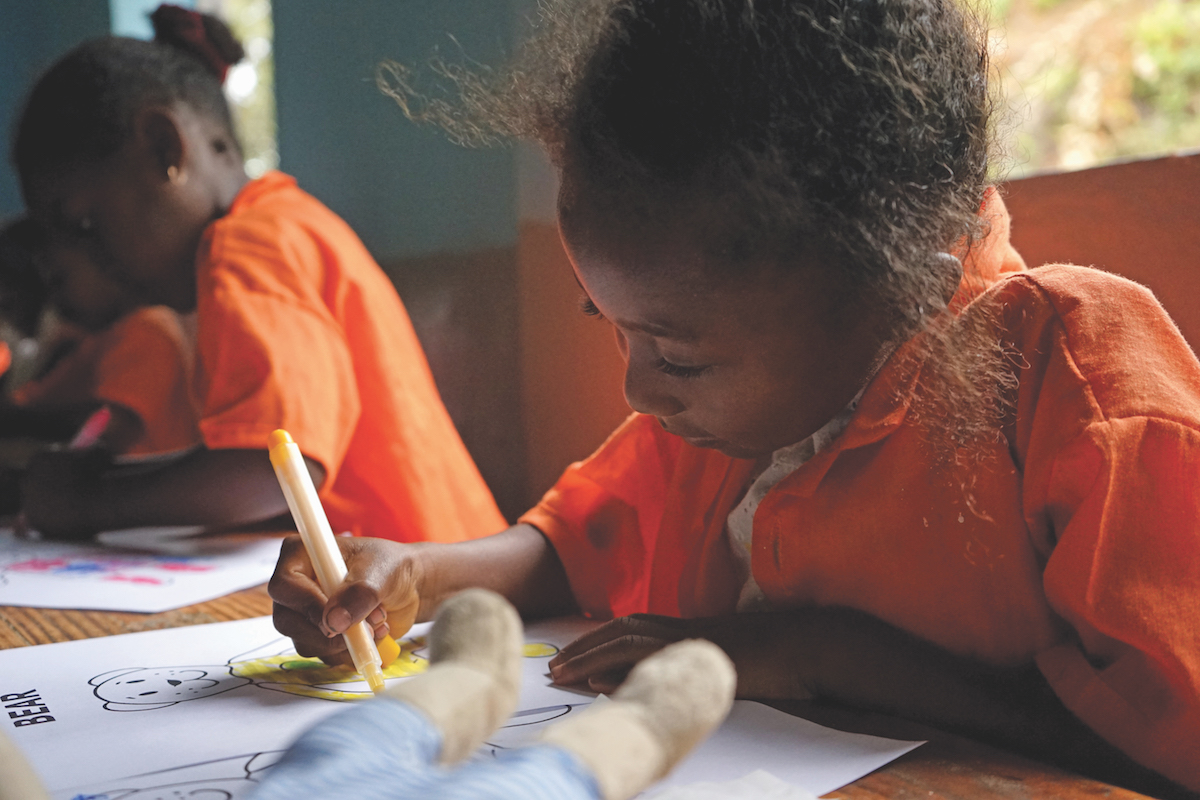
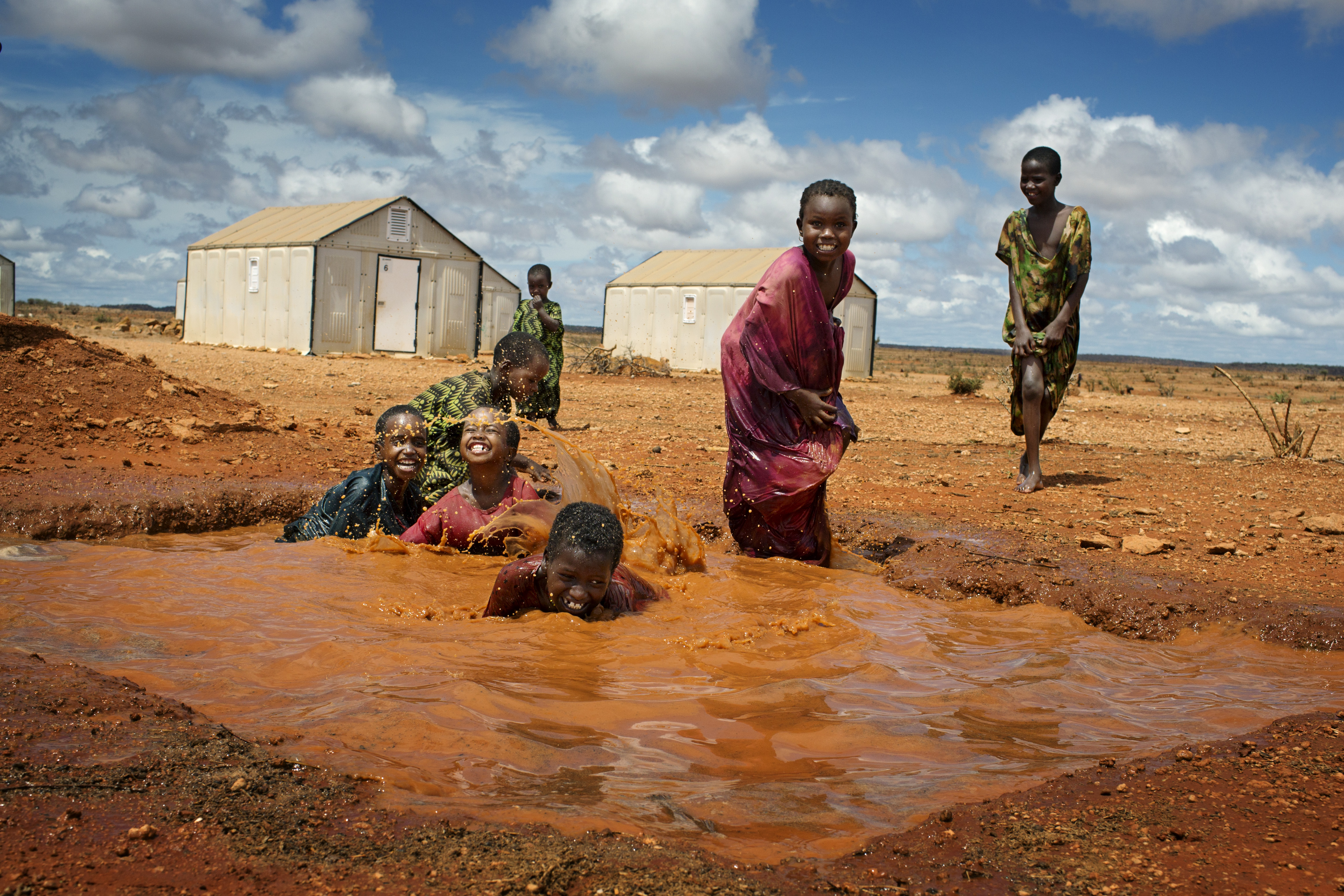
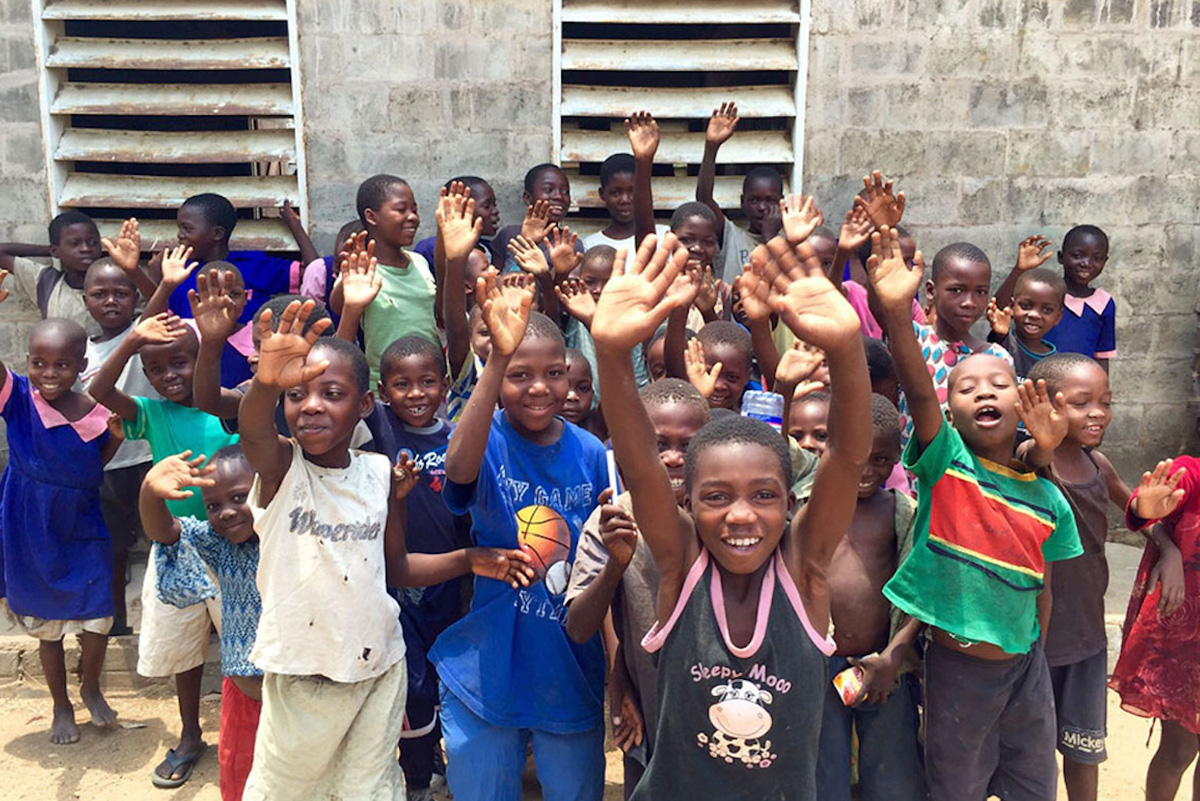
Lastly, climate change threatens a lot of the progress that has been made for children living in the world’s poorest communities. Climate change has become the negative undercurrent that often threatens children’s rights. The foundation’s focus is on finding ways to help people in the poorest communities both prepare for and overcome the impact of climate change, as well as recover when disasters do hit.
As CEO of the IKEA Foundation, what is your day to day like?
My time is divided between meeting with partners, peers, policymakers and business leaders while also leading our organisation towards growth and development. I spend significant time visiting our programs in the field and meeting with the people we are trying the help in order to better understand how we can become more effective and efficient in what we do. Finally, I also engage with media and speak at several conferences and public events.
What has made you most proud?
The IKEA Foundation is a young foundation, but in a relatively short time we have become a significant player in the humanitarian and development field. I am proud of my dedicated colleagues, a small team working hard every day to ensure we make a difference, working through our many partners worldwide to enable people in the poorest communities create a better life for themselves.
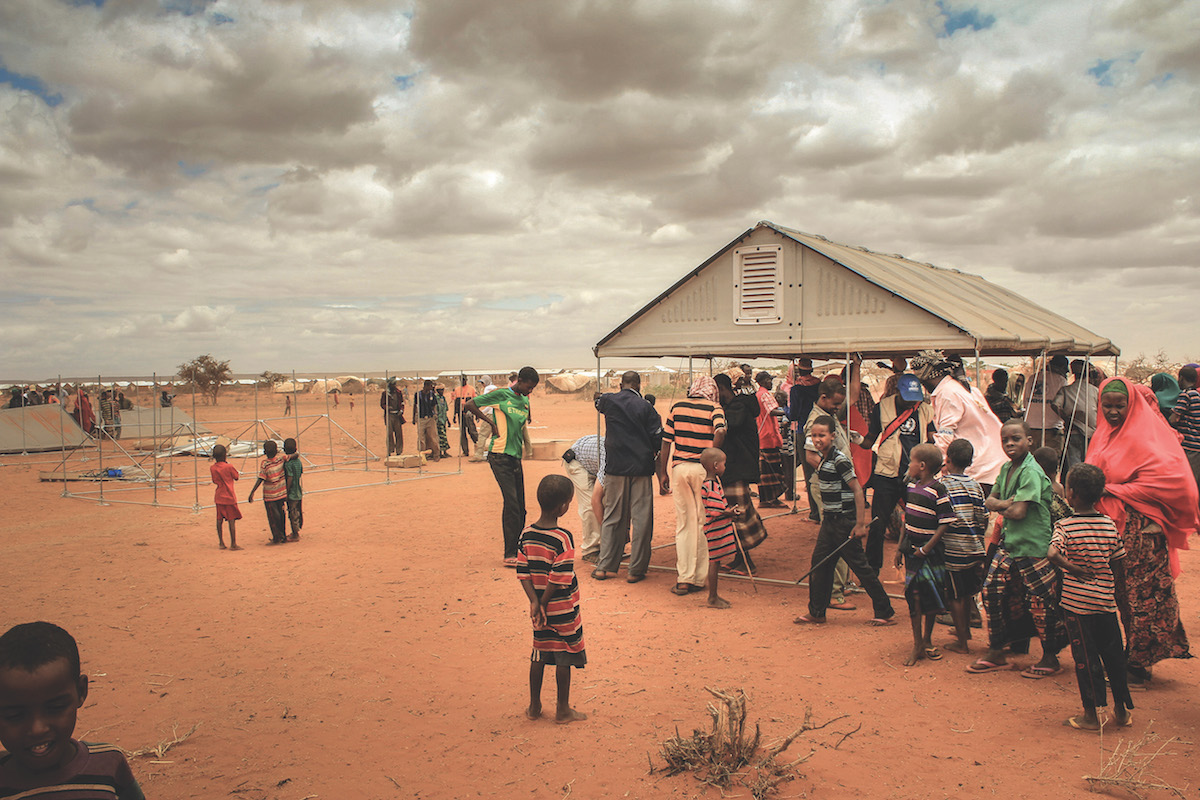
As a foundation, we have the opportunity to take risks and invest in innovative approaches that can help drive development and create new models that enable us to help more people achieve better life quality.
What is the most important lesson you have learned in your career to date?
Whether we’re talking about the private sector, government organisations or NGOs, it’s key to identify the right people who have the capacity and tenacity to drive change and deliver superb results — especially when one is trying to do something that hasn’t been done before.
When trying to get the private sector to work with the development sector, one needs to take the necessary time to find a common language, mutual expectations, and create a clear understanding about what we are trying to achieve together. – Per Heggenes
It’s all about the people. Second, when trying to get the private sector to work with the development sector, one needs to take the necessary time to find a common language, mutual expectations, and create a clear understanding about what we are trying to achieve together.
What responsibility do you believe the business community and organisations have in improving the lives of others?
I believe that business has a big role to play in helping drive social change and make the world a better place for everyone. Every company should look at how they can become a positive force in improving society and the communities where they operate.
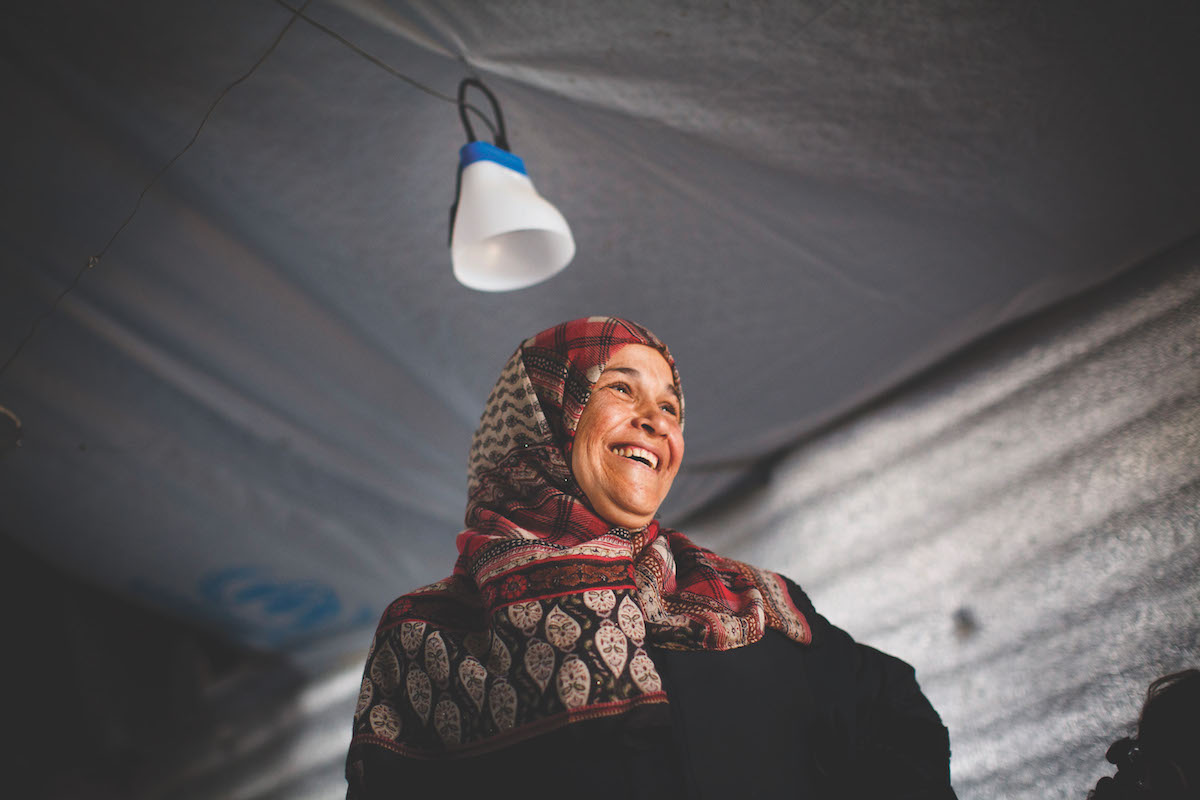
A business that is underpinned by a strong set of values and a long-term perspective will attract the best people and have a better chance to secure long-term success — providing value for everyone involved. Businesses can help create the world we all want to live in, and play an important role in helping achieve the sustainable development goals agreed by the global community.
What is most rewarding about your role, and what is most challenging?
The opportunity to lead a very competent group of people who are all focused on improving the lives of some of the world’s most marginalised children is a real honour.
The biggest challenge is to find ways to drive innovation and development to ensure we can help even more children for the same investment. The world has made enormous progress over the last 30 years — but there’s still a lot left to do if we want to eradicate global poverty.

